Lighting: unless the aquarium contains live plants, the aquarium light does not need to be on except while feeding or observing the fish. Room light is generally sufficient to keep the fish active during the day and leaving the aquarium light on for too long can cause unsightly algae growth. Most hobbyists, however, don’t want to be bothered with turning the lights on and off several times each day and choose instead to simply leave it on continuously for 6 to 10 hours each day. An inexpensive electrical timer can be installed to provide the fish with a consistent light/dark cycle and compensate for the forgetful aquarist.
Feeding: after the tank’s �break-in cycle� is completed, most common aquarium fish should be fed two or three times per day, but each feeding should consist of only as much as is consumed in two or three minutes. This takes a little practice, and the careful aquarist will actually time his feedings occasionally, to be certain that the proper amount of food is given. �Overfeeding� is feeding too much at a time, rather than too often. Fish could probably be fed 10 times a day without problem, but one overly generous portion every two days could cause problems. Uneaten food contributes to poor water quality, which causes water cloudiness, rapid algae growth, and often leads to fish disease. Alternating feedings among flake, frozen, freeze-dried, and pelleted foods will provide a well balanced diet for fishes of various feeding habits.
Observing: it is important to take a few moments each day to simply look at the aquarium fish. Did every fish get something to eat today? Perhaps some are picky about the type of food they will accept; or maybe others are being intimidated by the tank bully at mealtimes. Do all the fish appear to swim, breathe, and otherwise act normally? It takes some experience of course to determine what is �normal� for each type of fish, but daily observation will provide that experience. Do the fish all appear to get along? Even a tank full of so-called �community fish� can have compatibility problems, and fish that have gotten along just fine for months or years might suddenly begin to harass one another. And finally, are there any signs of torn fins, discoloration, white spots, red blotches or other signals of disease? Just as in human disease, treatments are most successful if the infection is caught early.
Checking equipment: the various pumps, filters and heaters typically installed on aquariums might well be referred to as the Life Seferred to as the Life Support System. A quick glance at the thermometer should be made a daily habit � perhaps at feeding time. Fluctuations in temperature cause stress that often leads to disease outbreaks. Checking to make sure all other equipment is also plugged in, turned on, and operating properly takes only a few additional seconds and may well pre-empt a developing disaster.

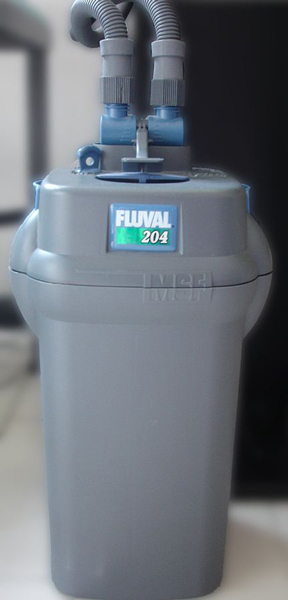 Canister Filters
In this article we will deal with a type of filter that many
Canister Filters
In this article we will deal with a type of filter that many
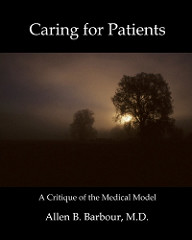 Useful Idea For Stronger Nutrition And Wellness
It truly does show when you take time to create a proper no
Useful Idea For Stronger Nutrition And Wellness
It truly does show when you take time to create a proper no
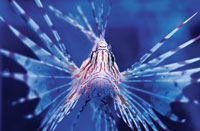 Invasive Aquatic Species
Last column, we discussed invasive species and the potentia
Invasive Aquatic Species
Last column, we discussed invasive species and the potentia
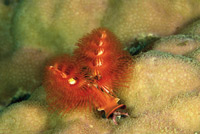 Aiptasia
Q. I have Aiptasia all over my aquarium and have been
Aiptasia
Q. I have Aiptasia all over my aquarium and have been
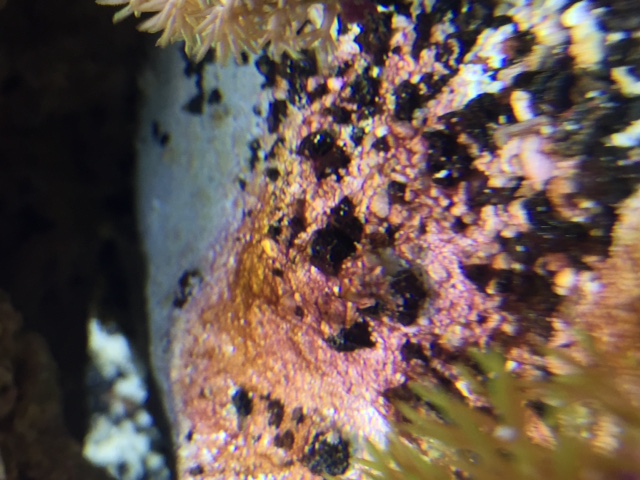 Red Algae in Marine Aquarium
Q. Ive been keeping saltwater fish for about five years, and
Red Algae in Marine Aquarium
Q. Ive been keeping saltwater fish for about five years, and